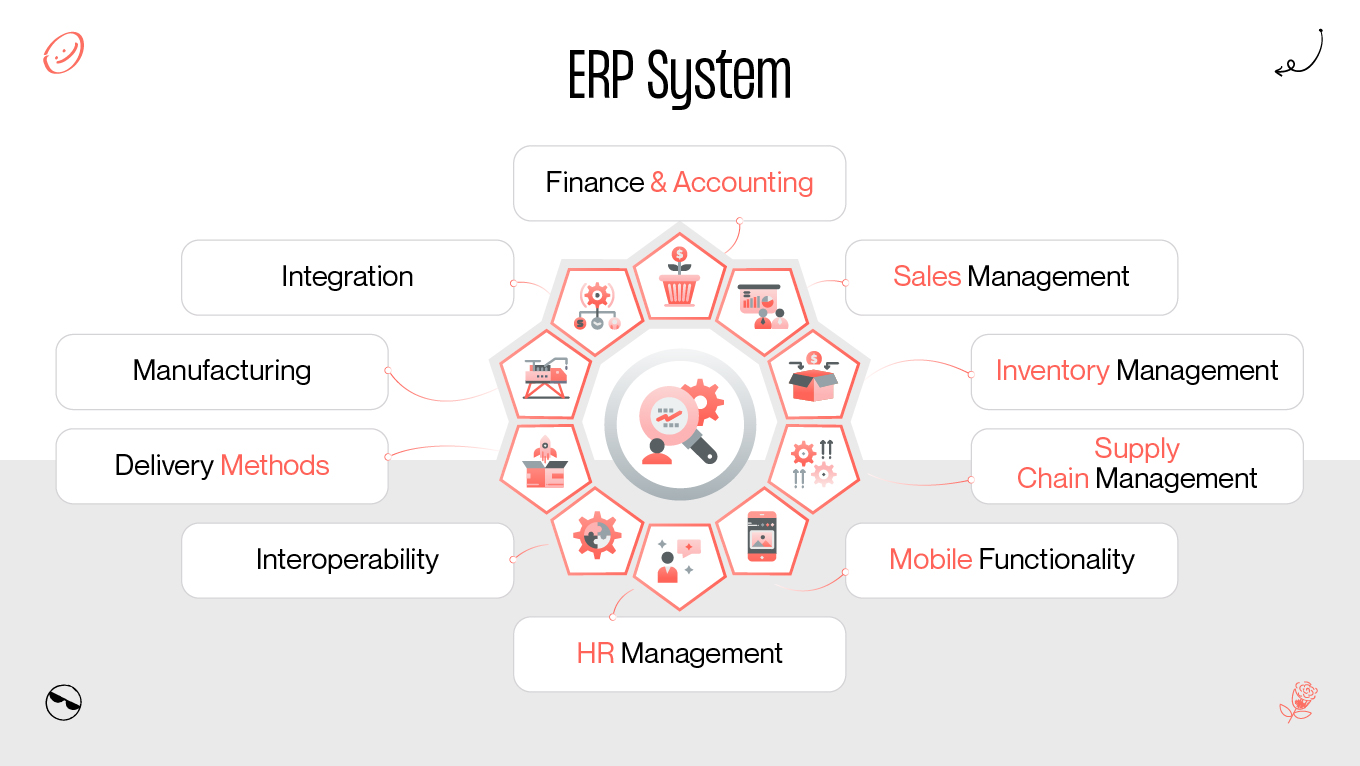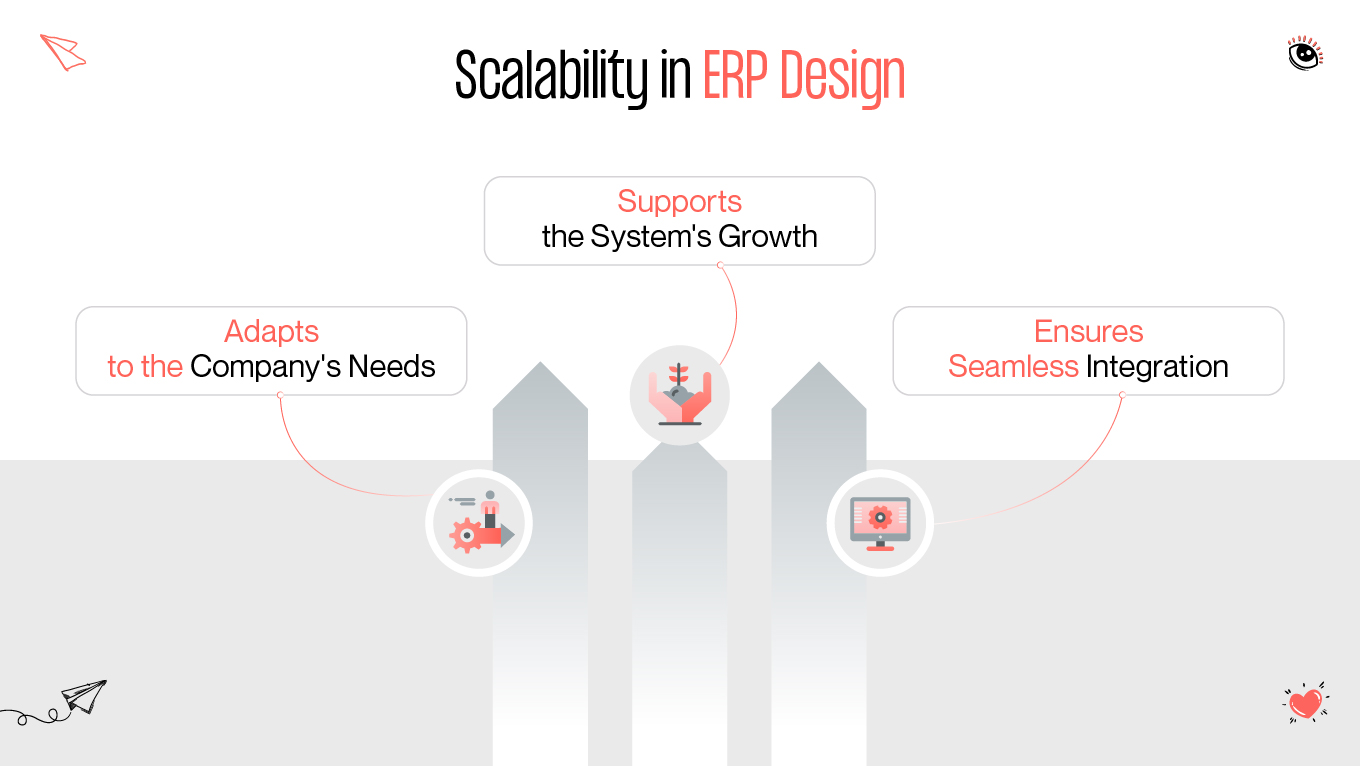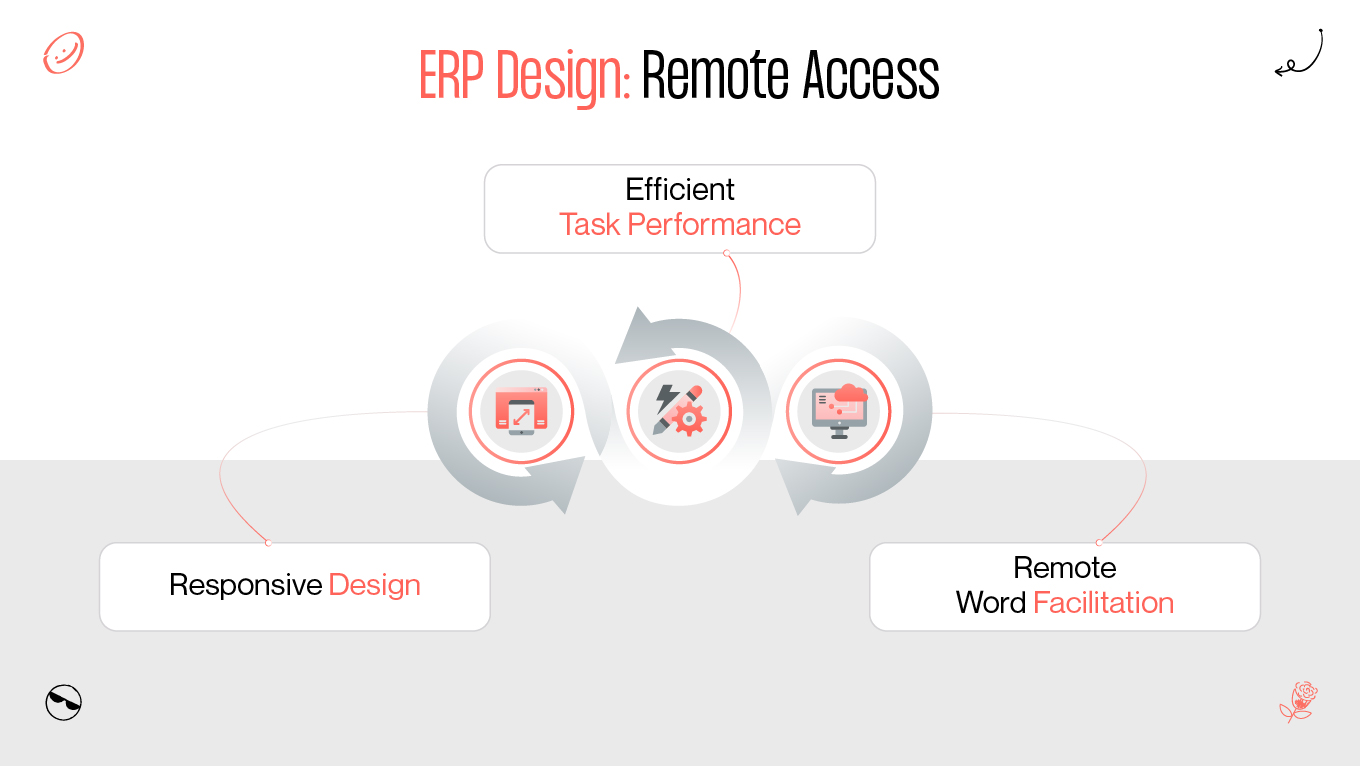Enterprise resource planning (ERP) systems are indispensable tools for organizations aiming to streamline operations and improve efficiency. But behind every successful implementation lies a thoughtful ERP design that ensures the system aligns with business goals and adapts to user needs.
This Gapsy article delves into the essential principles of ERP design, examining the key elements that make an ERP system scalable, user-friendly, and future-proof. Let’s start exploring.








